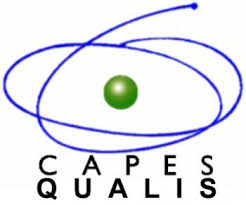Current Issue
Vol. 11 No. 1 (2025)
Published January 8, 2025
Revista de Ciência e Inovação (ISSN 2448-4091) is a multidisciplinary publication, edited by Instituto Federal Farroupilha (IFFar, RS, Brazil). This journal publishes original and unpublished works in different areas of knowledge. Article submission is done continuously through Open Journal Systems (OJS). To evaluate articles, the peer review process is adopted. This journal offers free and open access.
1-13
1-25
1-25
1-24
Language
Information
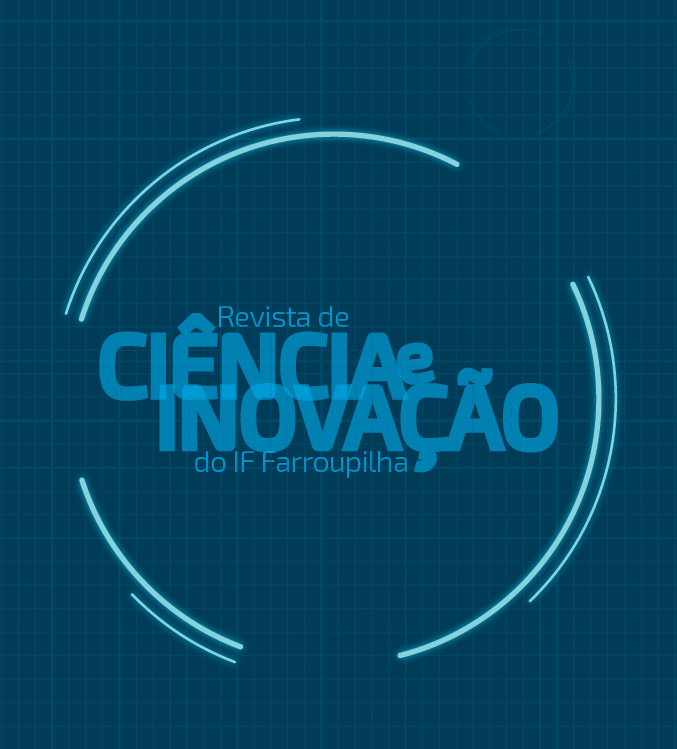
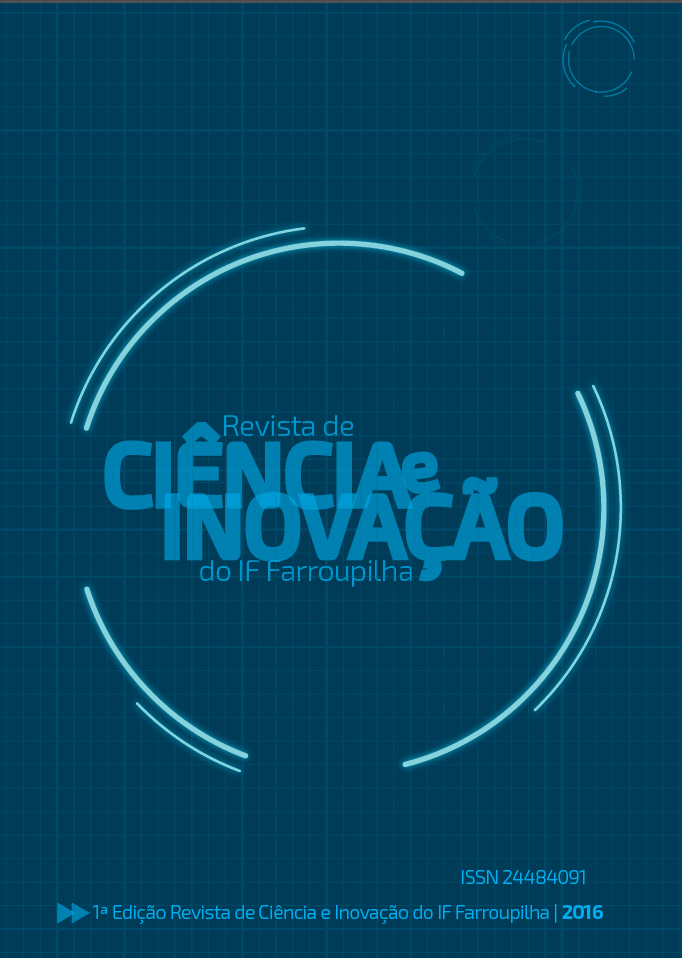




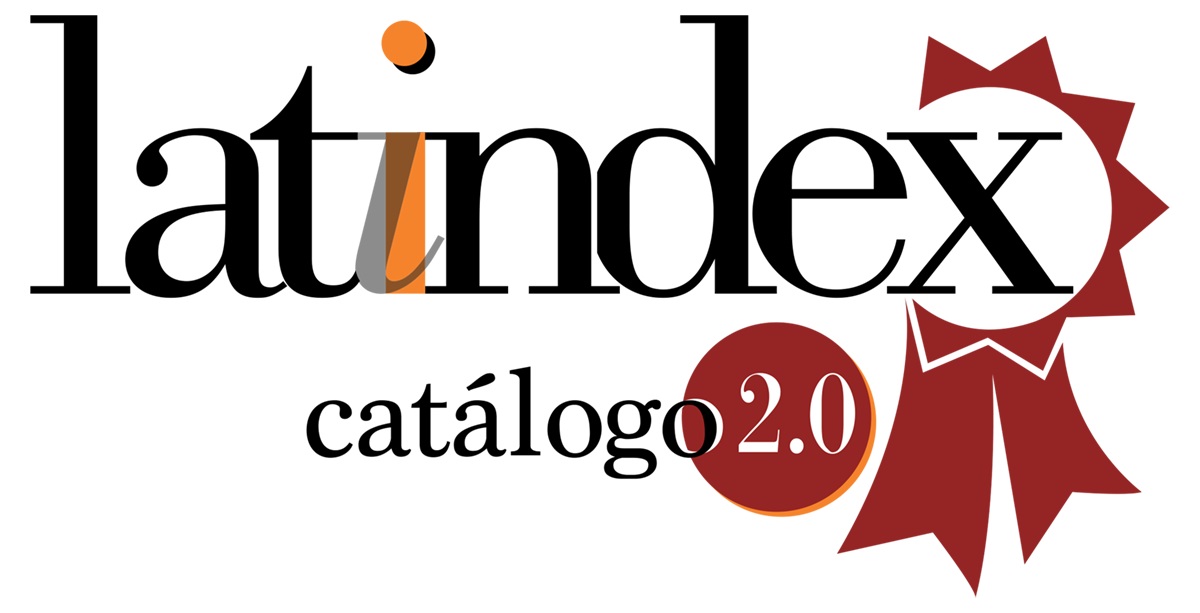

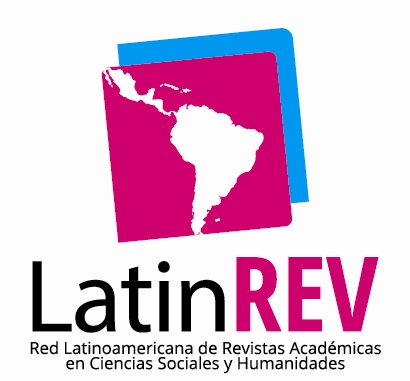






.png)
